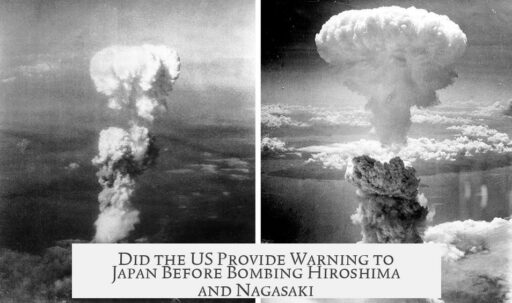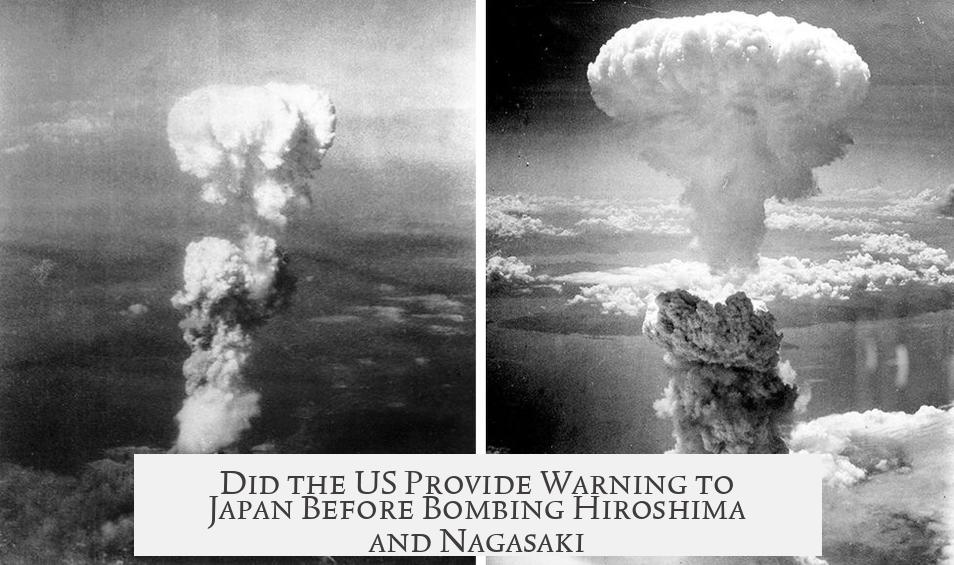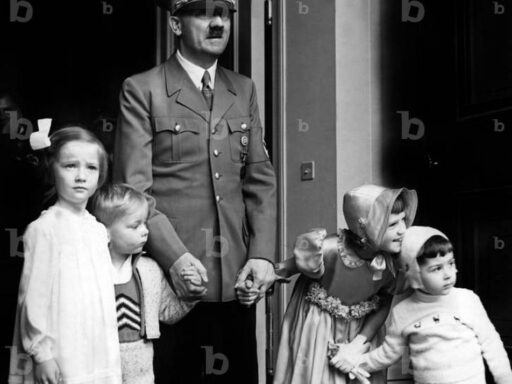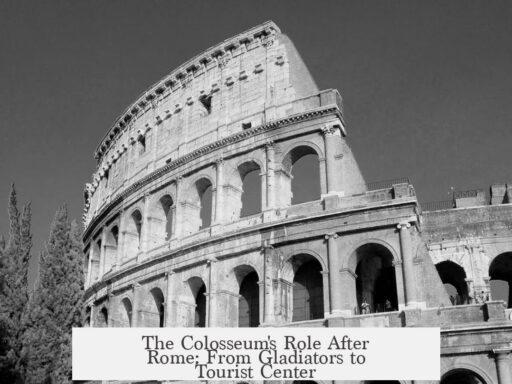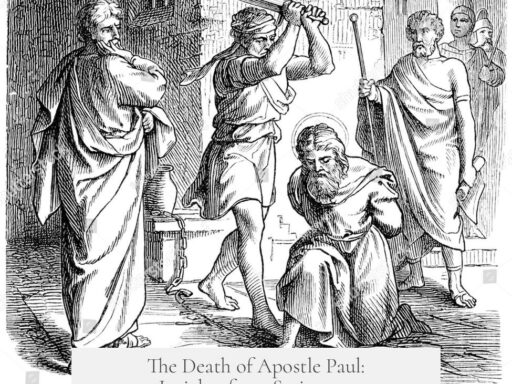The United States did not provide Japan with a specific, direct warning that atomic bombs would be dropped on Hiroshima and Nagasaki before the attacks occurred. Although the US issued general leaflets warning of bombings and urged civilians to evacuate certain cities, these messages did not explicitly mention atomic weapons or indicate the exact target cities prior to the attacks. Official communications such as the Potsdam Declaration called for Japan’s surrender under threat of “utter devastation” but omitted any reference to nuclear weapons.
The decision to withhold explicit warnings about atomic bombings was deliberate. US leaders believed that alerting Japan would reduce the bomb’s psychological impact and endanger the bombing missions by enabling Japanese defenses to attack the B-29 bombers carrying the bombs. In practice, the US conducted a broad aerial bombing campaign over Japan beginning years before, without announcing specific cities targeted. Hiroshima and Nagasaki followed the same opaque pattern.
Before the atomic bombings, the US dropped leaflets over Japanese cities. These leaflets warned civilians of upcoming bombings in general terms and urged evacuation. For example, the familiar LeMay leaflets named some cities as potential targets due to their military importance but did not mention atomic bombs. They framed the bombings as efforts to destroy Japan’s military capacity and encouraged surrender by criticizing Japan’s military leaders.
After Hiroshima was bombed on August 6, 1945, the US disseminated a new set of leaflets that openly described the atomic bomb’s unprecedented destructive power. These leaflets:
- Declared possession of a weapon far more powerful than any prior bombs.
- Warned civilians to evacuate their cities immediately.
- Called for Japan’s leadership to accept surrender terms to avoid further atomic bombings.
- Referenced the Soviet Union’s recent declaration of war as additional pressure.
Before that, no leaflets had referenced the atomic bomb explicitly or shown images, such as mushroom clouds.
The Potsdam Declaration, issued on July 26, 1945, by the US, UK, and China, served as a broad ultimatum urging Japan to surrender unconditionally. It did not specify the use of atomic weapons but warned of total military defeat and “utter devastation of the Japanese homeland.” Japanese leaders rejected these terms, which precipitated the atomic bombings despite the lack of specific warnings about them.
Following the Hiroshima attack, President Harry S. Truman publicly confirmed the existence and use of the atomic bomb. He warned that further bombings might occur unless Japan surrendered immediately. This public release came only after the initial bombing.
The overall strategy combined psychological warfare and military secrecy. Leaflets functioned mostly as morale-shaking warnings and evacuation prompts but did not disclose atomic bomb plans or pinpoint bombed cities in advance. This withholding of information aimed to maximize the shock value and hasten Japan’s surrender.
| Aspect | Details |
|---|---|
| Pre-Hiroshima warnings | General leaflets urging evacuation but no mention of atomic bombs |
| Primary reason for no explicit warning | Preserve military effectiveness and psychological shock |
| Potsdam Declaration | Ultimatum warning total destruction; no nuclear mention |
| Post-Hiroshima leaflets | Explicit atomic bomb warnings and evacuation instructions |
| Truman’s statement after Hiroshima | Confirms atomic bomb use, threats of more attacks |
Key takeaways:
- The US did not give Japan a direct or specific warning about atomic bombings before Hiroshima and Nagasaki.
- Leaflets before the bombings warned of general aerial attacks and urged evacuation but lacked explicit mention of nuclear weapons.
- The Potsdam Declaration warned of devastating consequences without referencing atomic bombs.
- Only after Hiroshima did leaflets and public statements confirm atomic bomb existence and warn of additional attacks.
- The deliberate withholding of atomic bomb information aimed to maximize the impact and prevent countermeasures.
